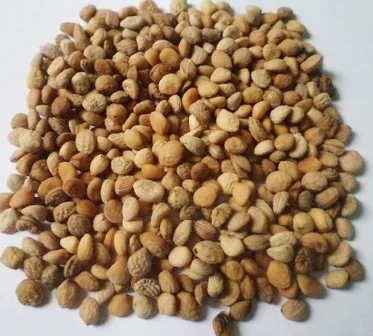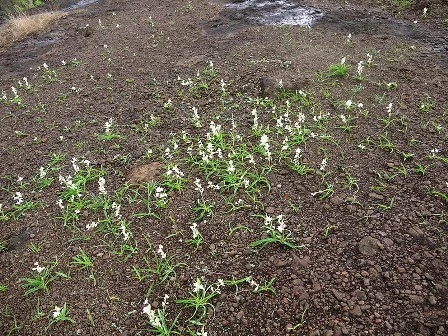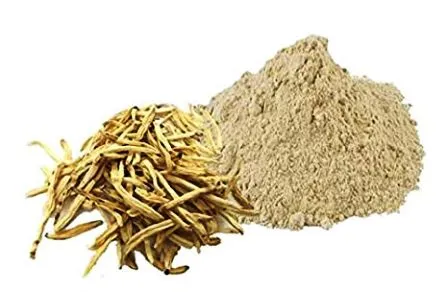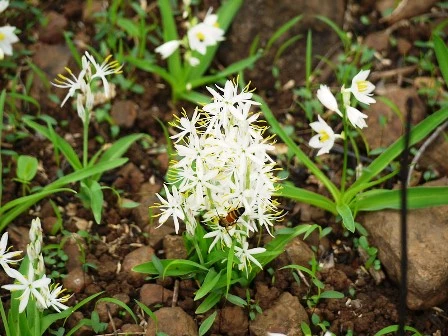Safed Musli (Chlorophytum borivilianum) is a revered herb in traditional Ayurvedic medicine, known for its aphrodisiac properties and health benefits. Growing this potent herb at home can be rewarding, providing a fresh supply of natural remedies right from your garden. I have shared a comprehensive guide on cultivating Safed Musli at home.
What is Safed Musli?
Safed Musli is a rare herb, primarily found in India. It is celebrated for its medicinal properties, including enhancing stamina, treating sexual disorders, boosting immunity, and improving overall vitality. The root of the Safed Musli plant is the most valuable part, often dried and powdered for use in herbal supplements.
Benefits of Growing Safed Musli at Home
- Health Benefits: Safed Musli enhances sexual health, boosts physical strength and stamina, and supports the immune system. It aids digestion, reduces stress, and regulates blood sugar levels. Additionally, it improves heart health, promotes overall wellness with anti-aging properties, and supports mental and bone health. Always consult a healthcare provider for proper use.
- Organic Harvest: Growing Safed Musli at home ensures purity, eliminating the risk of adulteration often found in commercial products. Home cultivation allows for organic growth, preserving its medicinal properties. It provides a reliable, fresh supply for personal use, ensuring consistent quality, potency, and effectiveness, promoting better health and safety.
- Sustainable: Home gardening promotes sustainable living practices.
Steps to Grow Safed Musli at Home

1. Procure Quality Seeds or Saplings
Start by sourcing high-quality Safed Musli seeds or tubers. Choose Safed Musli seeds or tubers from reputable suppliers to ensure quality and viability. Opt for disease-free, organically sourced seeds or tubers to promote healthy growth. Check for freshness and proper storage conditions. Prioritize high-germination rate varieties to enhance successful cultivation and maximize the plant’s medicinal benefits.
2. Prepare the Soil
Safed Musli thrives in sandy loam soil with good drainage. Here’s how to prepare the soil:
- Soil Mix: Combine garden soil, sand, and compost in equal parts to create a nutrient-rich, well-draining mix.
- PH Level: Ensure the soil has a pH between 6.5 and 7.5.

3. Planting
- Spacing: Plant the tubers or seeds about 15-20 cm apart to allow ample space for growth.
- Depth: Sow seeds about 1-2 cm deep. For tubers, dig a small hole, place the tuber, and cover it with soil.
- Watering: Water the plants lightly after planting.
4. Watering and Fertilizing
- Watering: Safed Musli requires moderate watering. Keep the soil moist but not waterlogged. Water more frequently during dry spells.
- Fertilizing: Use organic fertilizers like compost or well-rotted manure. Fertilize the plants every 4-6 weeks during the growing season.
5. Sunlight and Temperature
- Sunlight: Safed Musli prefers partial shade to full sunlight. Ensure it receives at least 4-6 hours of sunlight daily.
- Temperature: This herb thrives in temperatures between 20-30°C (68-86°F).
6. Weed Control
Regularly check for and remove weeds around the Safed Musli plants to prevent them from competing for nutrients and water.
7. Pest and Disease Management
Safed Musli is relatively resistant to pests and diseases, but occasional issues may arise:
- Pests: Watch out for aphids and mealybugs. Use neem oil or insecticidal soap as a natural remedy.
- Diseases: Ensure good air circulation and avoid overwatering to prevent fungal infections.
8. Harvesting
Safed Musli is typically ready for harvest 8-10 months after planting. Here’s how to harvest:
- Digging Up: Carefully dig around the plant to avoid damaging the roots.
- Cleaning: Wash the roots thoroughly to remove soil.
- Drying: Dry the roots in a shaded, well-ventilated area for a few days.
9. Storing
Once dried, store the roots in an airtight container in a cool, dark place. Properly stored, they can last for several months.

Using Safed Musli
- Powder: Grind the dried roots into a fine powder. Use it as an ingredient in herbal supplements or mix it into smoothies and teas.
- Infusion: Steep the dried roots in hot water to make a nourishing herbal tea.
Conclusion
Growing Safed Musli at home is a fulfilling process that not only brings you closer to nature but also offers a steady supply of a powerful medicinal herb. With patience and care, you can cultivate this valuable plant and harness its health benefits right from your backyard. Happy gardening!
MORE POSTS: 10 Serene Zen Garden Ideas on a Budget

